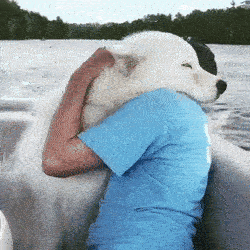Text
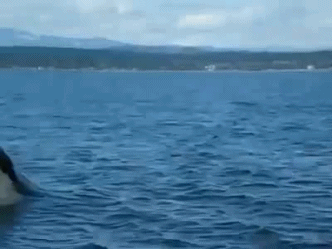
Namu, Blackfish, the Free Willy trilogy... we have a lot of movies about killer whales, or orcas. There is also a lot of controversy surrounding captive orcas.
Actually, killer whales are not whales at all. They are the largest member in the dolphin family, reaching lengths of 32 feet in length and almost 22,000 lbs. They hunt in pods up to 40 individuals. They are very social animals and oftentimes orcas will live with their mothers for their whole lives. (Get a job, Jerry!)
They communicate much like other dolphins do; with clicks, whistles, and calls. They have great eyesight, hearing, and sense of touch. They are apex predators, meaning that they have no predators themselves. They even eat sharks! Sometimes, they are referred to as “wolves of the sea” because they hunt in packs. If you’re interested in seeing how they hunt, look up a video on youtube. It’s some crazy stuff.
These animals are also insanely smart. They do something called “wave-hunting.” Essentially, if they find a seal sitting on an ice flow, they will swim at the flow in a synchronized fashion, forming a huge wave that pushed the seal off the flow into the waters near a waiting orca. A captive orca at MarineLand learned that it could regurgitate fish onto the surface of the water, where seagulls would then come down to eat. The orca would then eat the seagulls too. Four other orcas learned this behavior from that first orca.
Orcas form complex societies based on matriarchal progression. Since orcas can live to almost 90 years old, sometimes these pods and “matrilines” can span four generations; the matriarch, her daughters and sons, and her daughters children, etc. The next social structure is the clan. Clans are formed by whales who have similar dialects - yes, their clicks and whistles can sound different from clan to clan - and also have some sort of matriline connection, though often older. Strangely enough, males will mate with females from other pods, not their sisters. The next step of social connection is called the community. These are clans that regularly interact with each other, but don’t share the same vocal patterns.
Elephants and higher primates (like humans) are the only other animals that have such complex systems. Because of this, scientists are concerned with how humane it is to keep these animals in captivity, since they are so intelligent.
This leads to the controversies surrounding the captive orcas around the world. These stories are fairly easy to find with a google search, so I want to talk more on data and conservation efforts in the wild.
According to the IUCN, or the International Union for Conservation of Nature, the orca is listed as ‘data deficient.’ This means that scientists don’t really know how many killer whales there are in the world and some scientists believe there are actually two subspecies of killer whale.
Orcas face plenty of threats in the ocean. Because they are at the top of the food chain, they are at risk for bioaccumulation. This means that chemicals which are in low enough doses to not cause harm in orca prey animals, are magnified in the orcas because they ingest more of this chemical. They are also at risk because of pollution and loss of prey animals. One of the more concerning issues is their declining population due to habitat disruption. This is collisions with boats and harm caused by sonar.
One scientist who has studied orcas extensively witnessed a pod of orcas in extreme distress. They kept breaching the water and trying to keep their heads out of the water. He later found out that the US Navy had been using sonar 12 miles away, and it had been affecting the whales. Imagine a giant echo chamber where every little ping grows and grows, that’s probably what it sounded like to those killer whales.
Hopefully, through the movies made about killer whales and further activism by the people, we can help protect these animals and get more information on where their numbers are now.
KK (10-25-2017)
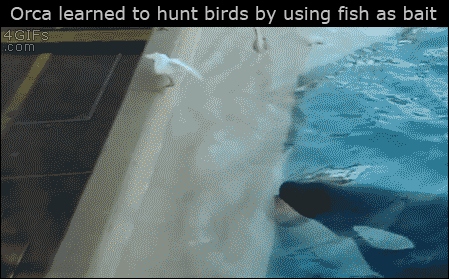
#orcas#killer whales#environment#blog#i lowkey am in love which orcas now#why are they so great?#i suppose i love wolves so i have to love the wolves of the sea#Sources from#http://earthsendangered.com/profile.asp?gr=M&view=all&ID=9&sp=1647
0 notes
Text

3 notes
·
View notes
Text
This is the Axolotl.
They never metamorph out of the tadpole stage.
They are critically endangered.
To learn more about them, go to http://www.iucnredlist.org/details/1095/0
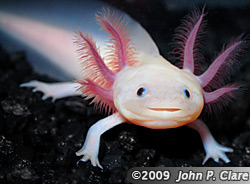
0 notes
Text
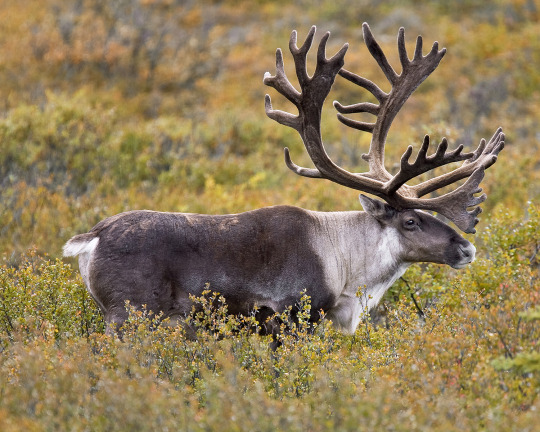
Not only is Caribou a delicious coffee-store chain, but caribou are an endangered species that live in more Northern climates. They are also known as “reindeer.”
Woodland caribou are one of seven subspecies of caribou, two of which have already been driven to extinction. They are found in parts of North America, Russia, and Scandinavia. Woodland caribou have been reduced to one tiny population in the United States, in northern Idaho and northeastern Washington. There are only about 27 individuals left of this subspecies.
Domesticated caribou are the ones that people most commonly refer to as reindeer. These slightly smaller caribou have been used by humans to pull sleds or carry packs.
Caribou average 4 feet tall at the shoulder and 6 feet in length. They can weigh anywhere from 250 pounds to 700 pounds. In the wild, they can live from 10 to 15 years. Not only all that, but caribou are the only deer species where both the males and females grow antlers.
These antlers grow every year and are covered in skin, blood vessels, and soft fur as the antlers grow. Once they are full-size, the “velvet” starts to peel off and give some scary-looking pictures to humans.
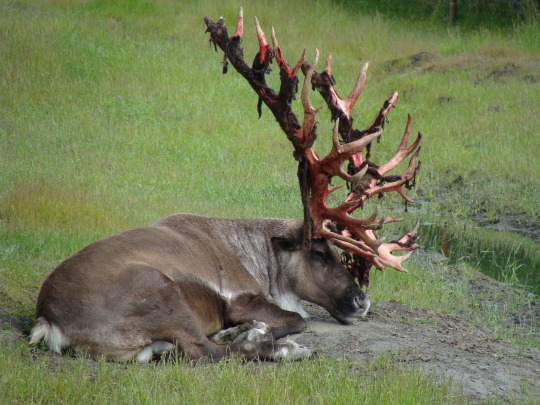
Caribou are also built for living in a cold environment. They have two layers of fur that help to keep them warm. The under-layer is a fine, soft wool that stays close to their skin. The upper layer is long, hollow guard hairs. The extra air in their fur insulates them and can help the caribou float if they have to swim across a river. Their nose is extremely sensitive, which is useful for sniffing out grass and shrubs under heavy snow cover. It even warms incoming air before letting it travel all the way to the lungs! If you lived in Minnesota or anywhere that it gets cold enough your nostrils freeze over, you would understand how lovely that would be.
Yet, with all their adaptations and the fact that they live in cold climates where humans don’t really like to live, we are still affecting these animals.
Climate change is a big factor in the decline and threatened nature of these animals. All those cool adaptations for living in extreme climates? Not so great when those extreme climates start warming up. The caribou continue to push north into smaller and smaller habitat areas, leading to the lessening of population size.
Another issue that humans are contributing to is habitat loss and fragmentation. Humans are cutting down trees and harvesting necessary food sources that the caribou need. Less food and less space means less numbers.
The federal government of the US and Canada have been working to pass legislation that would protect these lands that the caribou need, but as we all are well aware, governments move slowly and for some animals, there is not enough time.
Hopefully, through studying these animals and legislation, we can help protect these creatures and the others that call their same habitat home.
KK (10-23-17)
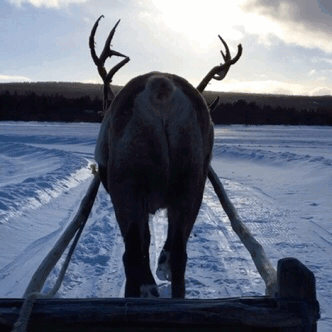
#caribou#animals#arctic#environment#blog#tags are hard#like so difficult#not too long now#Sources from#http://www.defenders.org/woodland-caribou/basic-facts#https://pgcpsmess.wordpress.com/category/the-reindeer-also-known-as-caribou-in-north-america/#http://www.natureworldnews.com/articles/5322/20131216/caribou-canada-doomed-climate-change-habitat-loss.htm#http://www.themanitoban.com/2012/02/saving-caribou-from-extinction/9157/
0 notes
Text

#mom#let me in#im hungry#i havent eaten in thirty minutes#plz#i love doggos#doggos#puppers#environment#blog
0 notes
Text
This is a Florida Panther.
They are a subspecies of cougar.
They are endangered.
To learn more about them and how you can help, go to https://www.fws.gov/refuge/florida_panther/wah/panther.html
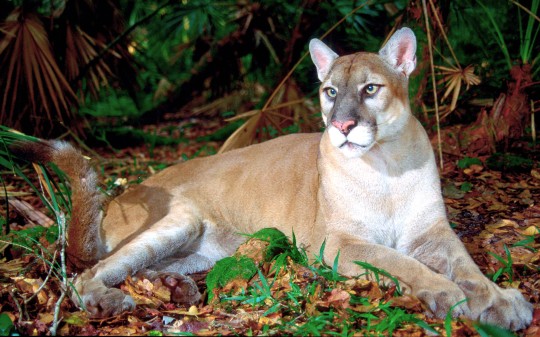
0 notes
Text

This might seem like a weird animal to write about, because who cares about California Condors? Condors are also known as vultures and vultures feed on dead animals and are creepy, so who cares?
A lot of people do.
I’ve always thought of vultures as nasty, disturbing birds because they were scavengers. Also, because a lot of cartoons paint them as evil and they are sometimes believed to be harbingers of death. Snow White has those two vultures who are snickering in a tree as she eats the apple and falls asleep. I mean, how many people have feared getting lost in the desert and having vultures show up, knowing they were going to die soon? I know I have and I don’t even live near a desert!
But this viewpoint is not how vultures - and more specifically the California Condors - are in real life. Their real purpose is kind of like the clean-up crew after other animals have come through. Wolves, coyotes, bears, etc do not eat all the parts of the animals they kill. These parts just sit there and rot, unless they are taken care of by humans or nature’s own garbage collector, vultures.
Vultures consume nearly all the parts of the carcasses they find - sometimes even the bones. This can help lessen the spread of disease because these rotting bodies are no longer bacteria breeding grounds. Not only are they good for the ecosystem as a whole, but they are cool too!
California Condors are the largest birds in North America. Their wings span almost 9-and-a-half feet, and their coloring is usually black white white under-wings and they have a bald head. (I never really knew why they have bald heads, but apparently it’s for hygiene since they have to stick their heads into dead carcasses. Gross, but neat!) They can soar up to 15,000 feet in altitude and fly up to 150 miles in search of food. They don’t have the best sense of smell, so they use extremely keen eyesight to find their food.
They only sire 1 egg per nest, which helped lead to their decline. However, these birds mature around age 6 or 7, and can live up to 40 years! That is much longer than other types of birds.
But as is usually the case, humans put these animals at risk.
As I mentioned, people believed these animals were omens of death, so they were hunted for that reason. They also declined due to habitat loss and lead poisoning. When they fed on carcasses that had been infected with lead poison specifically for the demise of vultures or that had been killed with lead bullets, they died very quickly. They would fly into power lines and die from electrocution. In other parts of the world, vultures are threatened by a chemical called diclofenac. This is an antibiotic that is relatively cheap and is used in developing worlds to maintain the health of livestock. This drug has been banned in the developed world, except for the use in humans. However, in other countries, vultures feed on cattle that have been given the drug and die of kidney failure within two days, even from a very small dose.
In 1987, the California Condor population was only 27 birds. Total. This sparked a massive conservation effort, where all the birds were captured and brought into captivity. They were put into breeding programs and protected from further human-caused deaths. This worked really well. By 1994, the captive condors had produced over 100 eggs. In mid-1999, the California Condor population was 161 birds.
Once the population was more stable, conservationists and breeders released some back into the wild. Captive-bred birds were released into Central and Southern California, Arizona, and Baja in Mexico. The Arizona population has since spread into Utah. The birds adapted well, but are still captured every few years for check-ups and re-tagging. As of 2016, the California Condor population is at 446 birds.
Just three decades after the birds were taken into captivity, there are now 235 free-ranging condors. This is one of the quickest comebacks that an endangered species has ever experienced.
But the condors still need our help. They are not out of the woods yet. This is why the government is working with hunters and power-line companies and agricultural groups and many more to help protect these birds. Scientists are even training captive condors who will be released to the wild how to avoid power-lines.
Ironically enough, as I was writing this, all I could think was “Condor calls for aid!” Man, LotR is great.
KK (10-20-17)
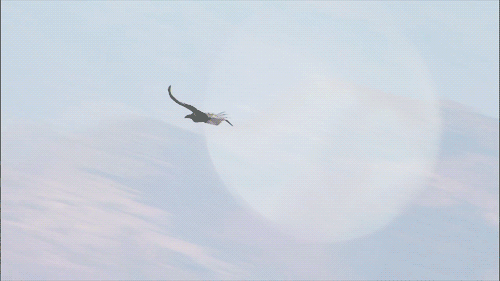
#the beacons are lit#condor calls for aid#literally all i could think about once it popped into my head#love it#LotR#environment#blog#california condor#birds#vultures#they're not bad guys#lovely#but also creepy and gross#but necessary#Sources from#https://www.wildlife.ca.gov/conservation/birds/california-condor#http://www.defenders.org/california-condor/basic-facts#http://www.latimes.com/opinion/editorials/la-ed-0107-california-condor-20160107-story.html#https://www.theatlantic.com/science/archive/2016/06/protecting-natures-cleanup-crew/485846/
1 note
·
View note
Text
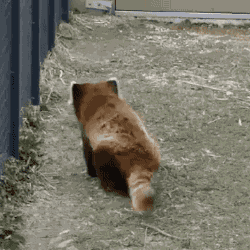
#red panda#environment#blog#shimmy shimmy shake#tap dance#why are animals so cute#i have no idea#but all the same#keep wildlife wild#my dudes
8 notes
·
View notes
Text
This is a Cheetah.
Don’t lie, you know they are one of the fastest mammals on Earth.
They are vulnerable.
To find out more about them and what you can do to help, go to http://www.awf.org/wildlife-conservation/cheetah
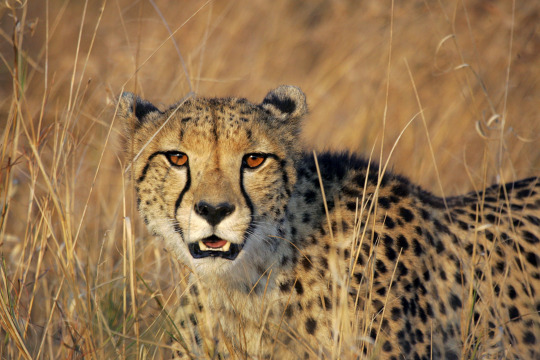
0 notes
Text
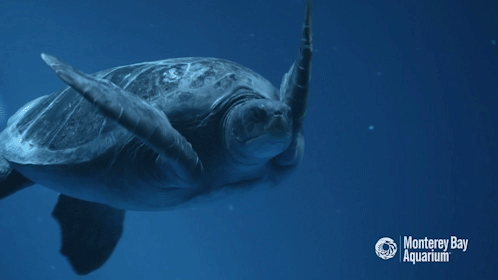
Now, I’m not gonna even pretend that I don’t think of Finding Nemo every time I think about sea turtles. It’s iconic.
I wanted to give you guys a slight-success story because it is very easy to get bogged down in the sheer amount of species that are threatened around the world.
Sea turtle numbers have been on the rise! Sub-species populations have been fluctuating, as six of the seven are still listed as vulnerable or endangered, but overall, they have been rising!
In an area called the French Frigate Shoals in Hawaii, there were only 200 green sea turtle nests in 1973. There were 2,000 in 2012!
Some think this may be because the threats to sea turtles is easier to manage that for other endangered species. They are accidentally trapped by fishermen or they are hunted for their body parts.
With creating protected beaches and marine areas, and regulating fishing techniques, conservationists have been able to increase the populations of sea turtles.
I am by no means saying that we can forget about protecting them now, actually the opposite. They still need our help to survive, because as long as humans are expanding our populations and our activities, animals will be at risk.
There isn’t enough research done on the ratio of male to female in sea turtles, something that is vital for reproduction. Increasing sand temperatures are skewing the populations more towards female majority.
Some places are shrinking their marine protected areas, which will directly affect sea turtles. Others are becoming more lax on fishing regulations.
Sea turtles are still important even with rising population numbers because they are fundamental factors in marine ecosystems. They help maintain the health of sea grass beds and coral reefs (things that help commercial human activities like harvesting of shrimp, lobster, and tuna).
Initiatives taken up by the World Wildlife Fund include ways to reduce trade and demand of sea turtle parts in China, develop alternate forms of income for families that need the turtles for economic reasons, and support rangers who teach their local communities about the laws around sea turtles and manage turtle nests.
Hopefully, WWF and other conservation groups can keep the sea turtles on an upward trend.
Fin, noggin’, duuuuuude!
KK (10-17-17)
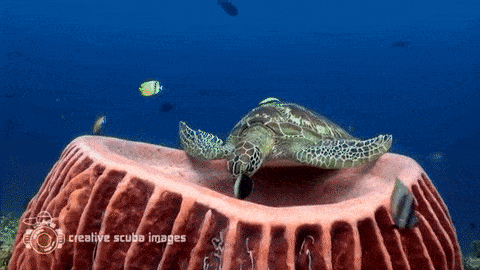
#sea turtles#WWF#environment#blog#iconic#lovely#protect the environment my dudes#Sources from#https://www.nytimes.com/2017/09/20/science/sea-turtles-conservation.html#https://www.worldwildlife.org/species/sea-turtle
2 notes
·
View notes
Text
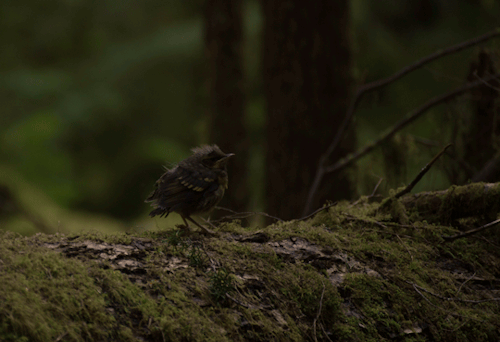
1 note
·
View note
Text
This is the African Wild Dog.
They travel in packs from 10 to 40.
They are endangered.
To learn more about what you can do to help, go to https://www.worldwildlife.org/species/african-wild-dog
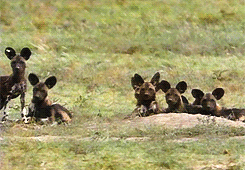
#doggos#african wild dogs#environment#blog#animals#they have mickey mouse ears#imagine a pack of them at Disneyland
1 note
·
View note
Text
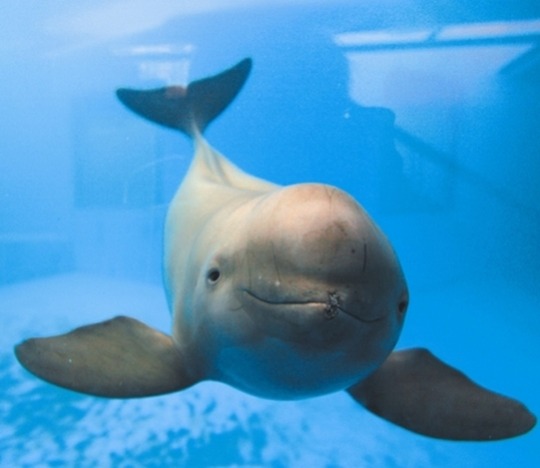
Look at this cutie! TBH, when I think of porpoises I think of this. Which is weird because I never really knew this subspecies existed, but here it is. This is the Yangtze Finless Porpoise and they are dying fast.
Yangtze is a river in China that is now home to only this cetacean (aquatic marine mammals). There used to be another dolphin subspecies called the Yangtze river dolphin, or Baiji, but they were declared extinct in 2007. They were the first large vertebrae forced to extinction by human activity in 50 years. The finless porpoise, also known as jiangzhu, will follow within 14 years if nothing is done to safe them. They are declining at such a fast rate (6.4 percent/year) that they are actually rarer than China’s giant panda.
Incidentally, the finless porpoise are called the “underwater pandas” due to their smile and cuddly personalities.
The jiangzhu can grow to 6 feet and weigh 100 pounds. They are a gray color, except at birth, when they are black. The color fades gradually until they are fully gray at 6 months old.
Unlike other marine mammals, these porpoise haven’t been hunted since the 1900s. Their threats comes from getting caught in fishing nets, noise and trash pollution, collisions with boats, and the building of dams that block their reach of the river.
China’s regulations are not as strictly enforced as the United States, for example, but they do have regulations on fishing. The types of fishing that threaten the porpoises is snaring and long-line fishing. The illegal style of electrofishing claims porpoise lives as well.
China is doing what they can to help, by taking some from the Yangtze and moving them to preserves and places where humans won’t interact with them. It is connected to the Yangtze seasonally by late-March, so they will still be able to roam the rivers further away from cities and hopefully return to their new home each time.
Here’s hoping that conservationists working with local fisherman can help save these beautiful animals!
KK (10-14-17)
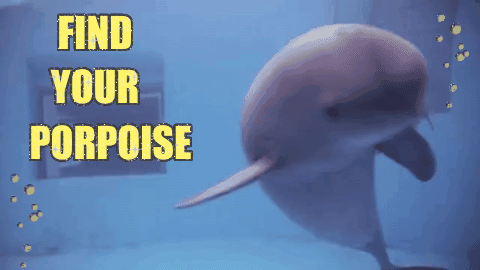
#porpoise#finless#river dolphins#environment#blog#animals#marine#endangered#relocation#conservation#Yangtze#Sources from#http://www.pbs.org/newshour/rundown/race-save-yangtze-finless-porpoise/#http://www.whalefacts.org/finless-porpoise-facts/#https://www.theguardian.com/environment/2012/sep/07/yangtze-finless-porpoise-china#https://www.theguardian.com/environment/2007/aug/08/endangeredspecies.conservation
0 notes
Text
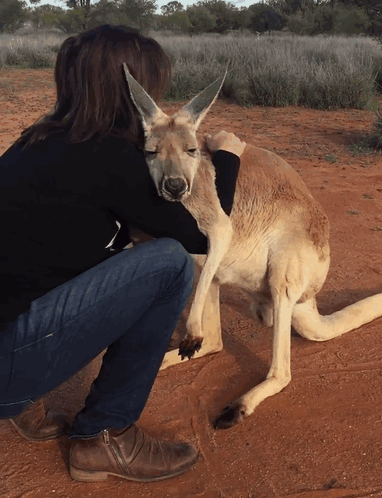
#hugs#again#cause they are adorable#how cute#but again PSA#DO NOT DO THIS WITH WILD ANIMALS#THIS KANGAROO PROBABLY KNOWS THIS WOMAN#THEY ARE COMFORTABLE WITH EACH OTHER#YOU SEE THOSE HIND LEGS HE HAS?#THOSE COULD KNOCK YOU THE FUCK OUT#AND BREAK YOUR BONES#DO NOT ATTEMPT THIS
2 notes
·
View notes
Text
This is a whale shark.
They are the largest fish and largest shark. It eats plankton.
They are vulnerable.
To learn more about what you can do to help, go to https://www.worldwildlife.org/species/whale-shark
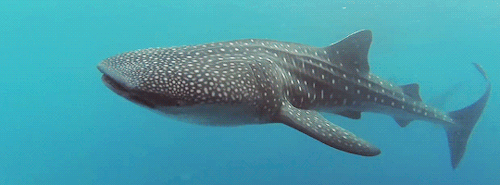
3 notes
·
View notes
Text
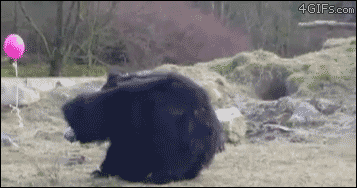
What is better than a sloth?
A sloth bear.
Think it isn’t real? Well, so did I until I saw it when reading up on tigers. Crazy what you can learn about, huh?
When I first saw a picture of the sloth bear, I thought it looked like a mangy black bear with a streak on its chest. If I saw that in the woods, I would run the other way, thinking it had rabies or something. But then I researched.
Sloth bears eat ants and berries. They don’t even attack with their claws unless provoked by predators or humans. (PSA: Don’t ever approach wild animals, even if they look cute and cuddly. Just don’t fam, 0/10 do not attempt). They can grow 5 to 6 feet in length and weigh between 200 and 300 pounds. Their nostrils can close entirely to keep ants and termites from getting up there, but they have an awesome sense of smell.
Weird tidbit, but they have eye sight similar to that of a human. I wonder if they ever get bad eyesight, would they need spectacles?
They are also noisy! Ever heard of a wild animal that just casually made noise all the time? Me neither. Yet these bears walk around grunting and snorting as they pull berries off shrubs and dig in termite mounds. Kind of like a perpetual grumpy old man.
Sloth bears are usually solitary, except for when there are cubs. Speaking of cubs, these bears are the only bears who carry their cubs on their back. That shaggy fur on their back is referred to as a “saddle” that the cubs hold on to.
As is the case with most strange and interesting animals, their habitat and population is being threatened by human activities. The sloth bear is classified as the fourth-most endangered bear species.
The sloth bears are threatened by human animal conflict (when the sloth bears raid farm crops), loss of forests outside of protected areas, and poaching. Poaching is by far the largest threat to sloth bears. They are hunted for their body parts because they are used in traditional medicines and aphrodisiacs, their meat is eaten, and their claws and teeth worn as ornaments.
The sloth bears are protected under schedule I of the Indian Wildlife (Protection) Act, 1972. But poachers are criminals, so who would expect them to follow the law?
Currently, conservationists are trying to change local opinion on the bears, and tigers too. These animals are easy to fear because they can seriously harm humans if provoked, but there is a simple solution to this problem.
Don’t provoke them.
KK (10-11-17)

P.S. These bears look weirdly like my childhood dog, who was a shaggy, black lab/golden retriever mix.
#sloth bear#sloth#bear#cute#environment#blog#animals#endangered#habitat loss#poaching#criminals#babies#bb#cubs#saddleback#lol#conservation#important#i bet y'all thought this post was clickbait#you thought wrong#Sources from#http://news.nationalgeographic.com/news/2007/11/photogalleries/bear-pictures/photo4.html#http://indiasendangered.com/why-india-is-losing-its-sloth-bears/#https://nationalzoo.si.edu/animals/sloth-bear
13 notes
·
View notes
